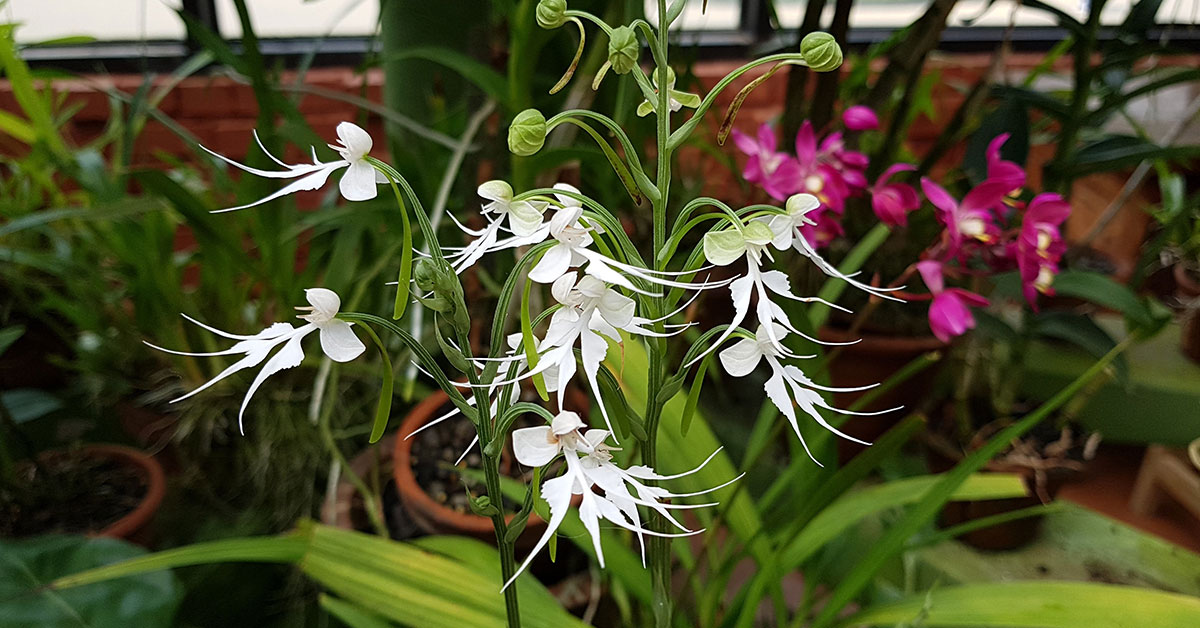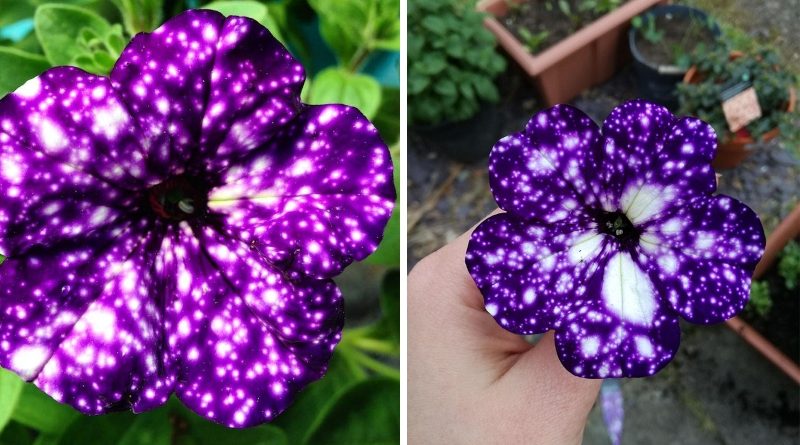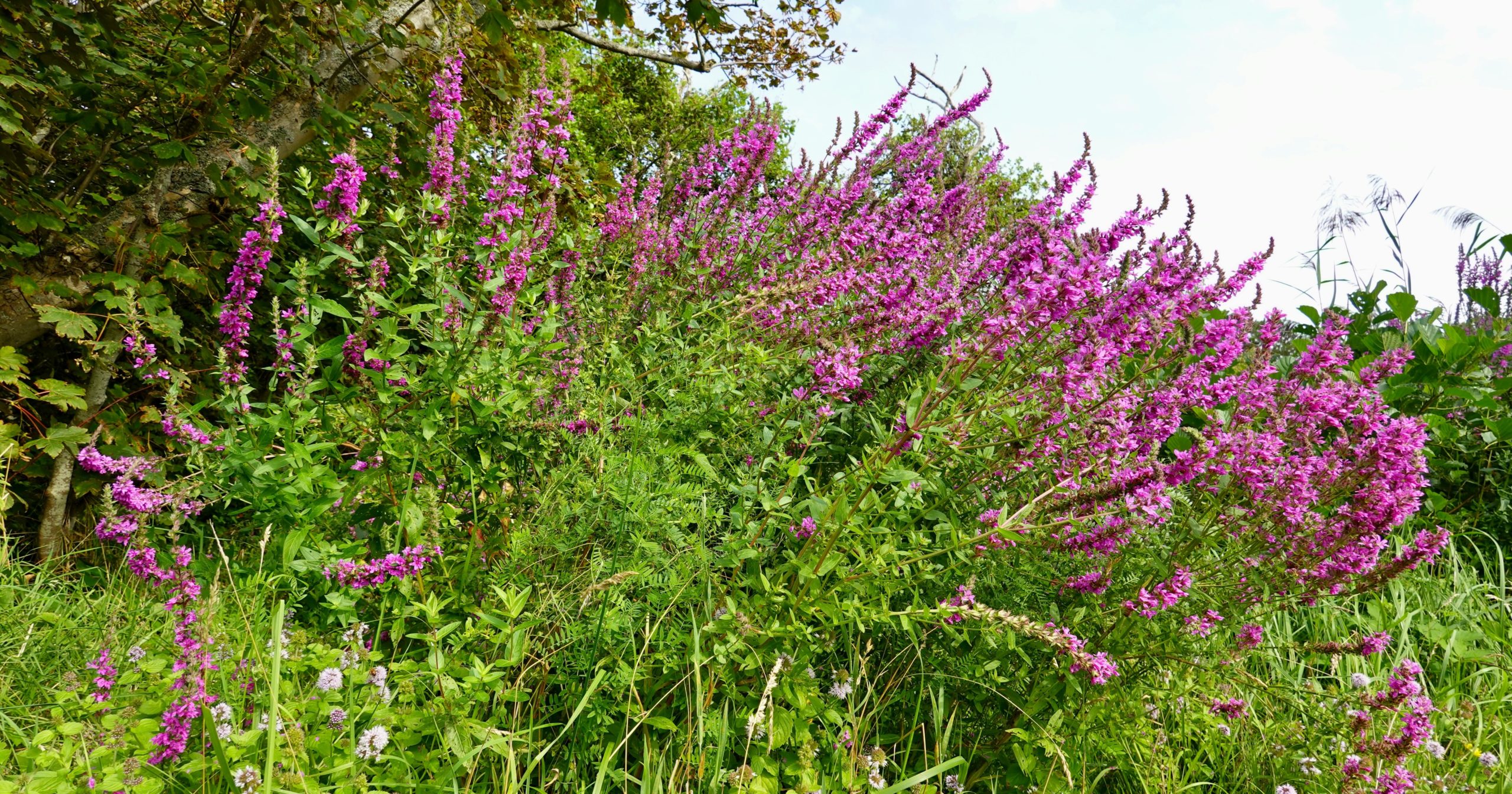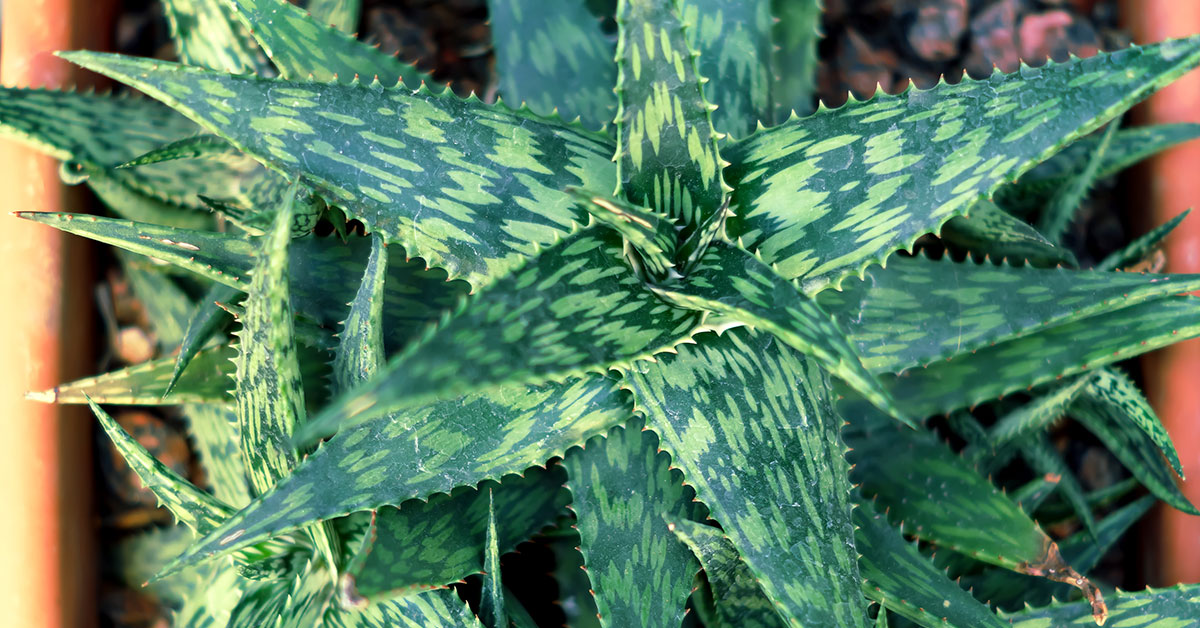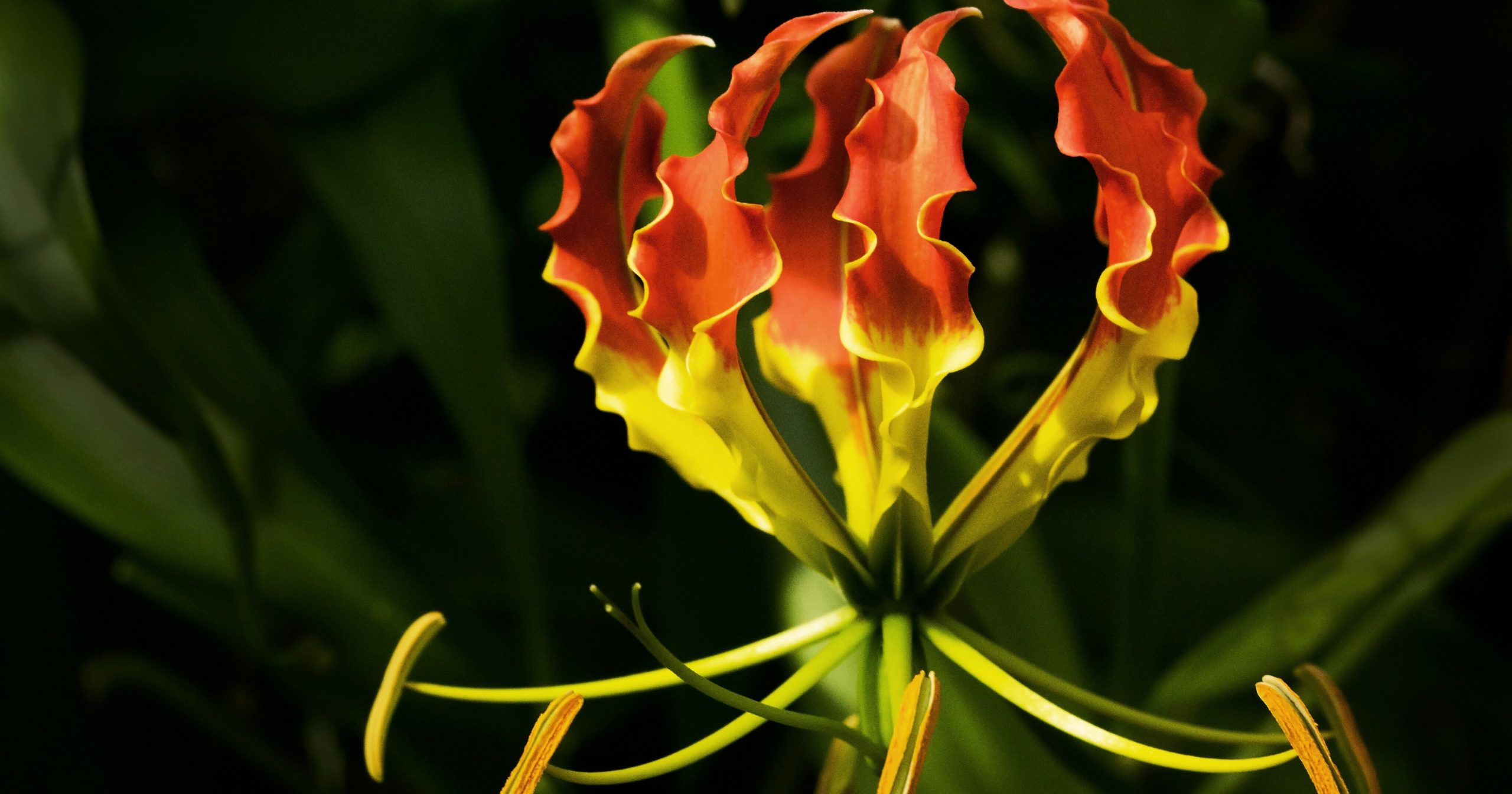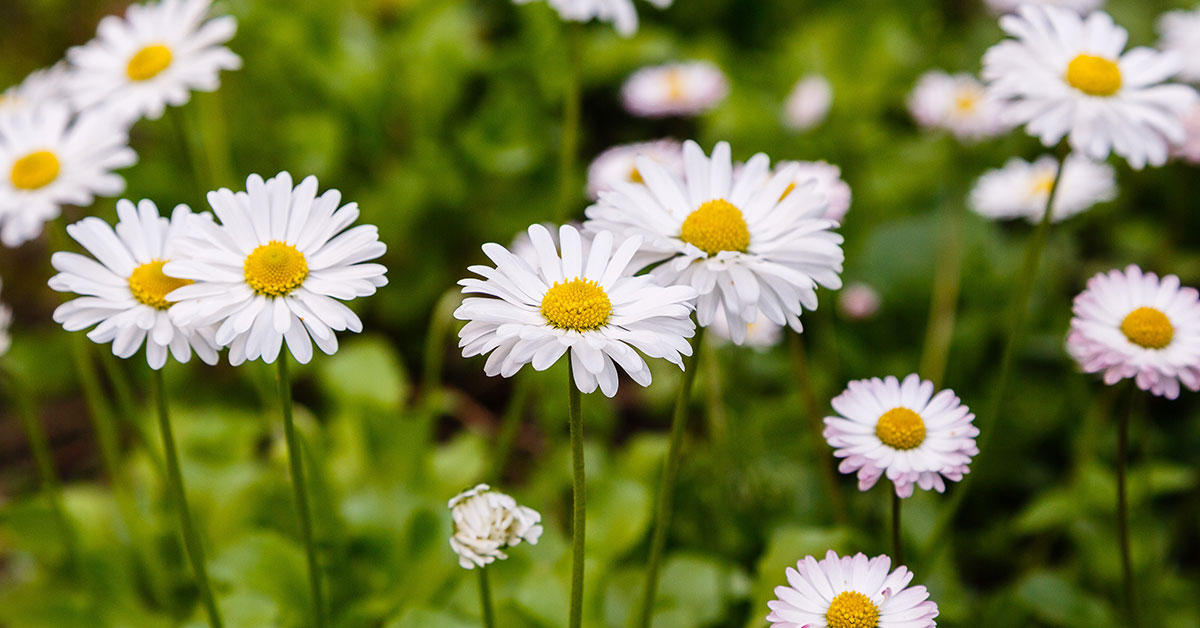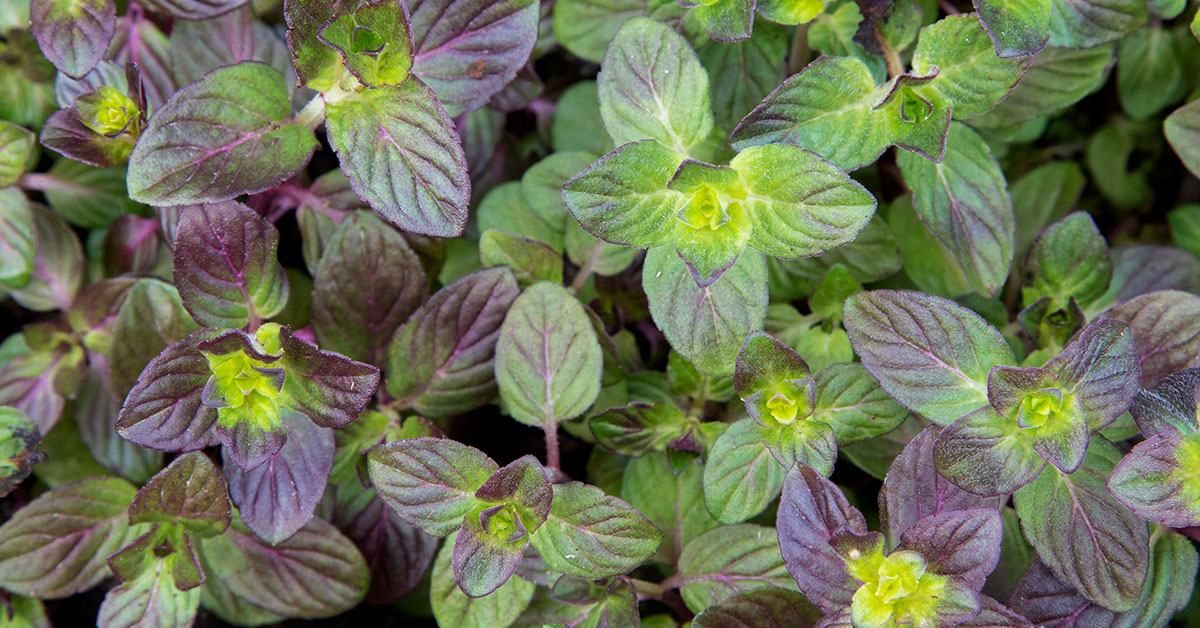The Ghost Orchid is a rare and enigmatic flower that captures the imagination of botanists and nature enthusiasts alike. With its delicate white petals and ethereal beauty, this elusive orchid has become the stuff of legends.
Found only in select regions of Florida, Cuba, and the Bahamas, the Ghost Orchid has fascinated scientists and adventurers for centuries, drawing them into a world of mystery and intrigue.
We will discuss the captivating story of the Ghost Orchid, exploring its unique characteristics, its elusive nature, and the ongoing efforts to conserve and protect this extraordinary plant.
What is a Ghost Orchid?
The Ghost Orchid, scientifically known as Dendrophylax lindenii, is an enigmatic and mysterious flowering plant that has captured the fascination of botanists, nature enthusiasts, and orchid lovers alike. This rare and elusive orchid is native to the swamps and wetlands of Cuba, the Bahamas, and southern Florida in the United States.
The Ghost Orchid gets its intriguing name from its ethereal appearance, which gives it the illusion of being a ghostly apparition floating in the forest. Unlike most orchids, which rely on their green leaves for photosynthesis, the Ghost Orchid lacks chlorophyll and depends on its host trees for survival. It attaches itself to the trunks or branches of specific tree species, such as the bald cypress or pond apple, using its specialized aerial roots.
This unique adaptation allows the Ghost Orchid to extract nutrients and moisture from the air and rainwater, making it an epiphytic orchid. It is often found in shady and humid habitats, nestled among the dense foliage of its host trees. Due to its elusive nature and specific habitat requirements, the Ghost Orchid is considered one of the rarest and most endangered orchids in the world.
The Ghost Orchid has a distinctive appearance that sets it apart from other orchids. It typically has a single, white, waxy flower that blooms from a long, slender stem. The flower is about three inches wide and has a delicate, ethereal beauty. The petals and sepals are long and slender, and the lip is fringed with intricate, thread-like structures that resemble delicate tendrils. The fragrance of the Ghost Orchid is said to be intoxicating, often described as a blend of jasmine and honeysuckle.
One of the most intriguing aspects of the Ghost Orchid is its blooming behavior. Unlike most orchids, which have predictable flowering seasons, the Ghost Orchid is known for its sporadic and unpredictable blooming patterns. It can go several years without blooming, making the sight of a blooming Ghost Orchid a truly special and rare event.
Where is the Ghost Orchid native?
Native to the tropical and subtropical regions of the Americas, the Ghost Orchid has a relatively small distribution range. It can be found in various countries such as Cuba, the Bahamas, the Dominican Republic, and Mexico. However, within the United States, the Ghost Orchid is limited to specific states, making it a truly unique and treasured native species.
Within the United States, this plant is primarily found in the southern region of Florida. This includes areas such as the Everglades National Park, Fakahatchee Strand State Preserve, and Corkscrew Swamp Sanctuary. These locations offer the ideal habitat for the Ghost Orchid, with their humid and swampy environments providing the necessary conditions for its growth and survival.
While the Ghost Orchid’s range is mostly concentrated in Florida, there have been a few rare sightings of the orchid in other states. These sightings are considered rare and sporadic, making the Ghost Orchid a true botanical gem for those lucky enough to witness it outside of its primary habitat. Some of the states where it has been occasionally spotted include Georgia, Alabama, and Mississippi.
It is important to note that locating the Ghost Orchid can be quite challenging, as it tends to grow high up in the canopy of trees, often hidden from view. Furthermore, due to its rarity and protected status, its exact locations are often kept confidential to prevent unauthorized collection or disturbance.
How to start from seed
Known for its ethereal beauty and ghostly appearance, this orchid has captured the imaginations of many. While it is notoriously difficult to cultivate, starting Ghost Orchids from seed can be a rewarding and exciting endeavor.
- Acquiring Ghost Orchid Seeds:
Obtaining seeds can be a challenge, as this species is endangered and protected in many areas. However, there are specialized orchid nurseries and conservation organizations that may have a limited supply of seeds available for purchase or for research purposes. It is important to ensure that the seeds are obtained legally and ethically. - Creating the Ideal Growing Environment:
Ghost Orchids are epiphytic orchids, meaning they naturally grow on trees rather than in soil. To recreate their natural habitat, you will need to create a suitable growing environment. Start by selecting a container or tray with good drainage. Fill it with a mixture of sphagnum moss, tree fern fiber, and orchid bark to provide a loose and well-draining medium for the seeds. - Sterilizing the Growing Medium:
Before planting the Ghost Orchid seeds, it is crucial to sterilize the growing medium to prevent the growth of harmful bacteria or fungi. This can be done by heating the medium in an oven at a temperature of 180°F (82°C) for about 30 minutes. Allow it to cool completely before proceeding. - Sowing the Seeds:
Carefully scatter the Ghost Orchid seeds onto the surface of the sterilized growing medium. Since Ghost Orchid seeds are extremely small and dust-like, they should be handled with great care. Avoid burying or covering the seeds, as they require light for germination. Gently mist the surface of the medium with water to ensure the seeds adhere to it. - Creating a Humid Environment:
Ghost Orchid seeds require high levels of humidity for successful germination. To create a humid environment, cover the container or tray with a clear plastic lid or wrap it with plastic wrap. This will help retain moisture and create a mini greenhouse effect. Place the container in a warm and well-lit area, away from direct sunlight. - Patience and Monitoring:
Germination of Ghost Orchid seeds can be a slow process, often taking several months or even up to a year. It is important to be patient and not disturb the seeds during this time. Regularly monitor the growing medium’s moisture levels, ensuring it remains consistently moist but not overly wet. Mist the medium lightly whenever it starts to dry out. - Transplanting and Care:
Once the Ghost Orchid seedlings have developed several leaves and are large enough to handle, they can be carefully transplanted into individual pots. Use a well-draining orchid mix and provide them with proper orchid care, including regular watering, indirect sunlight, and appropriate temperature and humidity levels. Ghost Orchids are delicate and require special attention, so it is essential to research their specific care requirements.
How to grow this plant in your garden
With its ethereal appearance and elusive nature, cultivating the Ghost Orchid can be a rewarding but challenging endeavor. This guide helps with the essential steps and considerations for successfully growing this plant in your garden.
- Understanding the Ghost Orchid’s Natural Habitat:
The first step in growing the Ghost Orchid is to gain a thorough understanding of its natural habitat. These orchids are primarily found in the swamps and wetlands of Florida and Cuba, where they grow in dense, shaded areas. The Ghost Orchid typically grows on the trunks and branches of trees, often near water bodies. Recreating these conditions is crucial for the successful cultivation of this elusive orchid. - Providing the Ideal Growing Environment:
To grow Ghost Orchids, it is essential to replicate their natural environment as closely as possible. This includes providing the right amount of light, humidity, and temperature. The Ghost Orchid thrives in dappled shade and prefers high humidity levels. You can achieve this by placing the orchid in a terrarium or greenhouse with controlled conditions. Use a humidifier or mist the orchid regularly to maintain the appropriate humidity level. - Selecting the Right Potting Medium:
Choosing the correct potting medium is crucial for the Ghost Orchid’s growth. These orchids prefer a loose, well-draining medium that mimics the tree bark they naturally grow on. A popular choice is a mix of sphagnum moss and tree fern fiber. This combination provides sufficient moisture retention while allowing water to drain away, preventing root rot. - Watering and Feeding:
Proper watering is vital for the Ghost Orchid’s well-being. It is essential to maintain consistently moist but not waterlogged conditions. Water the orchid when the potting medium feels slightly dry to the touch. Ensure that excess water drains away to prevent stagnant conditions. Fertilize the Ghost Orchid with a balanced orchid fertilizer every few weeks during the growing season to provide necessary nutrients. - Propagation Techniques:
Propagating Ghost Orchids can be challenging due to their specific requirements. One common method is through seed germination, which requires careful sterilization and dedication. Another option is vegetative propagation, where you separate keikis (baby orchids) from the mother plant and grow them individually. Both methods require patience and expertise but can lead to successful propagation.
Growing the Ghost Orchid is a rewarding but demanding endeavor that requires careful attention to its unique requirements. By understanding its natural habitat, providing the ideal growing environment, selecting the right potting medium, watering, and feeding appropriately. Additionally, by exploring propagation techniques, you can increase your chances of successfully cultivating this elusive and captivating orchid. Remember to approach this process with patience and a sense of wonder, as the Ghost Orchid truly is a remarkable treasure of the botanical world.
Interesting facts about Ghost Orchid
The Ghost Orchid is a rare and mysterious orchid species that has captured the fascination of botanists and nature enthusiasts alike. Here are some intriguing facts about this enigmatic flower:
- Elusive and Rare: The Ghost Orchid is one of the rarest orchids in the world. It is native to the swamps and hammocks of Florida, Cuba, and the Bahamas. Due to its elusive nature and specific habitat requirements, it is challenging to spot in the wild. This rarity has contributed to the Ghost Orchid’s aura of mystique.
- Non-photosynthetic Lifestyle: Unlike most plants, they do not rely on photosynthesis to obtain energy. Instead, it obtains nutrients from the surrounding environment. It achieves this by forming a symbiotic relationship with specific fungi, which provide the Ghost Orchid with necessary nutrients. This unique adaptation allows the orchid to survive in low-light environments such as the shaded swamps it calls home.
- Ethereal Blooms: The Ghost Orchid produces delicate, white, and ghostly flowers, which give it its name. Each flower is typically around three inches in diameter and has a distinctive structure. The blooms are solitary and appear to float in mid-air, as they emerge from the stem without any visible leaves.
- Fragrant Night Bloomer: The Ghost Orchid’s blooms are known for their captivating fragrance, which is described as a mix of sweet and citrusy notes. Interestingly, these flowers only open at night, releasing their scent to attract pollinators like moths and nocturnal insects. This nocturnal blooming behavior adds to the allure of this plant.
- Endangered Status: Due to habitat destruction, illegal collection, and climate change, the Ghost Orchid is considered critically endangered. Protection efforts and conservation projects are underway to preserve and restore its natural habitats. The Ghost Orchid’s vulnerability and rarity make it a prized find for orchid enthusiasts, but it is crucial to prioritize its conservation.
- Pop Culture Fame: The Ghost Orchid gained significant public attention after its portrayal in the non-fiction book “The Orchid Thief” by Susan Orlean, which was later adapted into the film “Adaptation.” This exposure brought the Ghost Orchid into the mainstream consciousness and further fueled interest in this remarkable and elusive flower.
- Research and Discovery: Despite being studied for over a century, there is still much to learn about this plant. Scientists continue to explore its unique adaptations, symbiotic relationships, and genetic makeup. Each new discovery adds to our understanding of this fascinating plant and its intricate ecological role.
It is a captivating and mysterious orchid species that has captured the curiosity of botanists and nature lovers alike. Its rarity, non-photosynthetic lifestyle, ethereal blooms, endangered status, and cultural significance make it a plant of great interest and conservation concern. As we continue to uncover its secrets, the Ghost Orchid serves as a reminder of the beauty and complexity of the natural world.
